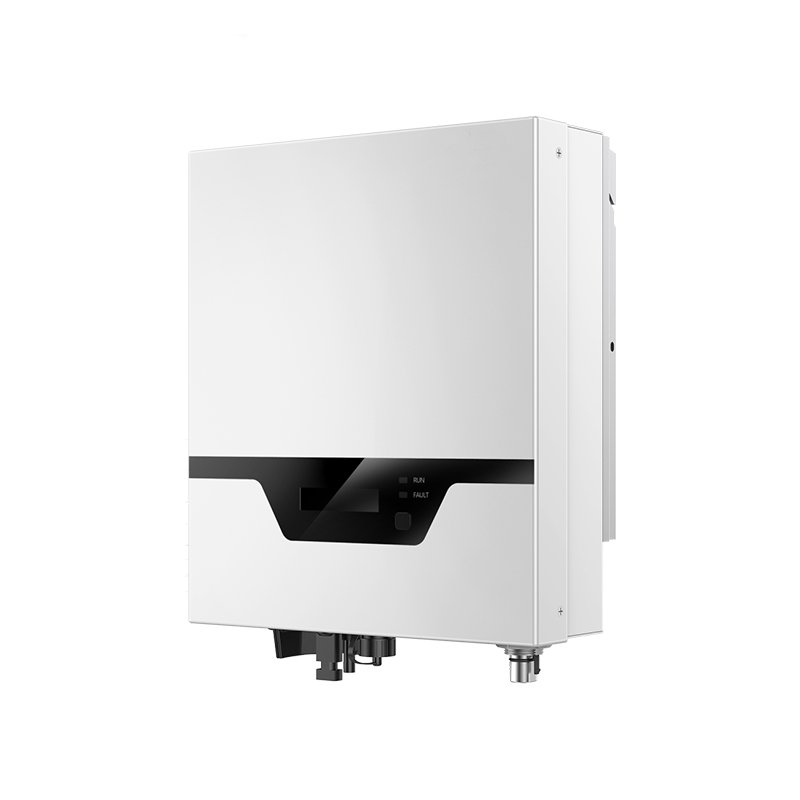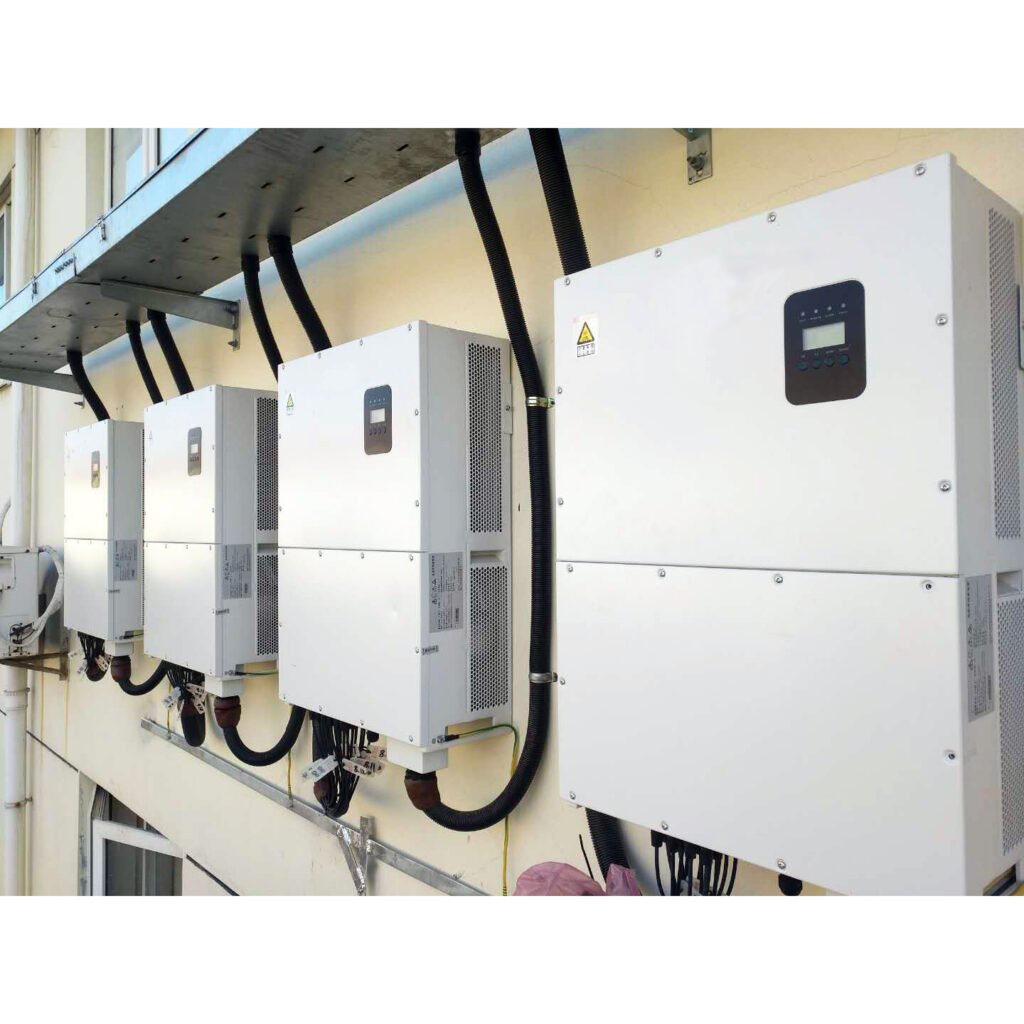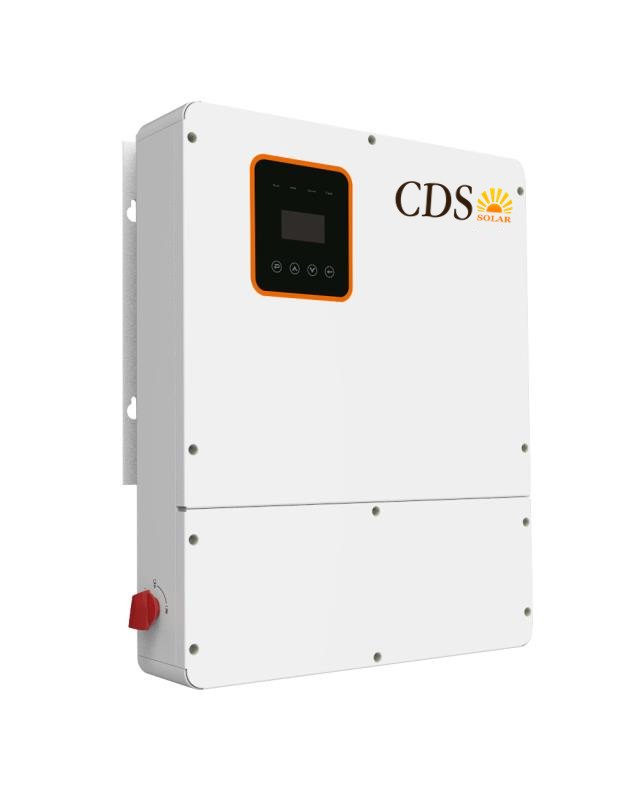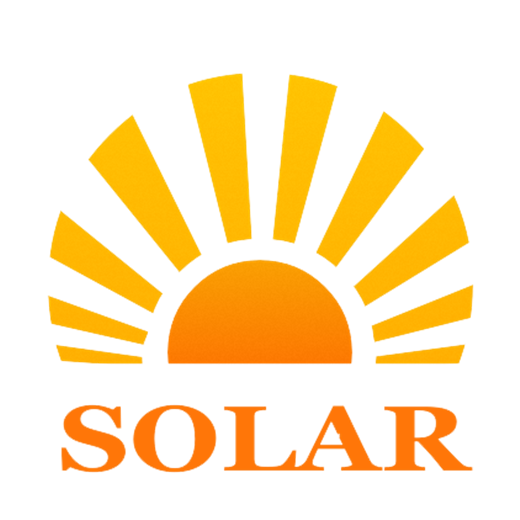Solar energy, the working principle of the inverter is the process of DC energy into AC energy is called inverter, the circuit is called the inverter circuit, the realization of the process of inverter device is called inverter equipment or inverter.
Main technical performance indicators of the inverter

1. Rated output voltage.
Within the specified allowable fluctuation range of the input DC voltage, it represents the rated voltage value that the inverter should output. The stability and accuracy of the output rated voltage value is generally specified as follows:
(1) In the steady-state operation, the voltage fluctuation range should be limited, for example, the deviation should not exceed ± 3% or ± 5% of the rated value.
(2) In the case of load mutation (0% 50% 100%) or dynamic situation affected by other interference factors, the output voltage deviation shall not exceed ± 8% or ± 10% of the rated value.
2. Unbalance of output voltage.
Under normal working conditions, the three-phase voltage imbalance of the inverter output (the ratio of the reverse order component to the positive order component) shall not exceed a specified value, generally expressed as%, such as 5% or 8%.
3. Wavform distortion of output voltage.
When the output voltage of the inverter is sinusoidal, the maximum allowable waveform distortion (or harmonic content) shall be specified. It is usually expressed as the total waveform distortion of the output voltage and should not exceed 5% (10% allowed for single-phase output).
4. Rated output frequency.
The frequency of the inverter output AC voltage should be a relatively stable value, usually the power frequency is 50Hz. The deviation shall be within ± 1% under normal working conditions.
5. Load power factor.
To characterize the ability of the inverter with inductive load or capacitive load. In the sine wave condition, the load power factor is 0.7~0.9 (lag), and the rating is 0.9.
6. Rated output current.
Indicates the rated output current of the inverter within the specified load power factor range. Some inverter products give a rated output capacity, whose units are expressed in VA or kVA. The rated capacity of the inverter is the product of the rated output current when the output power factor is 1 (i. e. pure resistance load).
7. Rated output efficiency.
The efficiency of the inverter is the ratio of the output power to the input power under the specified working conditions, expressed as%. The efficiency of the inverter at the rated output capacity is full load efficiency, and the efficiency at 10% of the rated output capacity is low load efficiency.
8. Protect
(1) Overvoltage protection: for the inverter without voltage stability measures, there should be the output overvoltage protection measures to make the negative cut-off from the damage of the output overvoltage.
(2) Overcurrent protection: the overcurrent protection of the inverter should be able to ensure the timely action when the current exceeds the allowable value, so that it can avoid the damage of the surge current.
9. Starting characteristics
Characterize the ability of the inverter with load starting and the performance of dynamic operation. The inverter shall ensure reliable start under rated load.
10. Noise
Transformer, filter inductor, electromagnetic switch and fan and other components in power electronic equipment will produce noise. When the inverter is running normally, the noise shall not exceed 80dB, and the noise of the small inverter shall not exceed 65dB.

For high-power photovoltaic power generation system and networking type, the waveform distortion and noise level of photovoltaic power generation system inverter are also very important. The following points should be paid attention to when choosing the inverter for off-grid photovoltaic power generation system:
(1) It shall have sufficient rated output capacity and load capacity. The selection of inverter, first of all, to have enough rated capacity to meet the requirements of the equipment under the maximum load. For the inverter with a single equipment as the load, the selection of the rated capacity is relatively simple. When the electrical equipment is a pure resistance load or the power factor is greater than 0.9, the rated capacity of the inverter is 1.1~1.15 times of the capacity of the electrical equipment. When the inverter takes multiple devices as the load, the selection of the inverter capacity should consider the possibility of several electrical devices working at the same time, that is, “load simultaneous coefficient”.
(2) It should have a high voltage stability energy. In the off-grid photovoltaic power generation system with battery as energy storage equipment. When the battery with a nominal voltage of 12V is in the floating charging state, the terminal voltage can reach 13.5V, and the short time overcharging state can reach 15V. The voltage of the battery can be reduced to 10.5V or lower. The fluctuation of the battery end voltage can reach the standard of about 30% of the voltage. This requires the inverter to have a good voltage regulation performance, in order to ensure that the photovoltaic power generation system with a stable AC voltage power supply.
(3) Have high efficiency or relatively high efficiency under various loads. The high efficiency of the whole machine is a significant feature of the photovoltaic power generation inverter different from the universal inverter. The actual efficiency of the 10kW universal inverter is only 70%~80%, and when it is used in photovoltaic power generation system, it will bring 20%~30% of the total power loss. Therefore, the photovoltaic power generation system special inverter should pay special attention to reduce its own power loss and improve the efficiency of the whole system. Therefore, this is an important measure to improve the technical and economic indicators of photovoltaic power generation system. In terms of overall efficiency, the requirements for special inverter for photovoltaic power generation are: rated load efficiency of kW class below inverter is 80%~85%, low load efficiency is 65%~75%; rated load efficiency of 10kW class inverter is 85%~90%, and low load efficiency is 70%~80%.
(4) It should have a good over-current protection and short-circuit protection function. During the normal operation of the photovoltaic power generation system, it is completely possible for the overcurrent or short circuit of the power supply system caused by load failure, misoperation of personnel and external interference. The overcurrent current and short circuit phenomenon of the inverter are the most sensitive, which is the weak link in the photovoltaic power generation system. Therefore, in the selection of inverter, it must be required to have a good self-protection function of overcurrent and short circuit.
(5) Convenient maintenance. High quality inverter in several years of operation, due to component failure and failure, should be a normal phenomenon. In addition to the manufacturer needs to have a good after-sales service system, the manufacturer also requires to have good maintainability in the inverter production process, structure and component selection. For example, damaged components have sufficient spare parts or easy to buy, with good interchangeability; in the process structure, components are easy to assemble and replace. In this way, even if the inverter fails, it can quickly return to normal.


